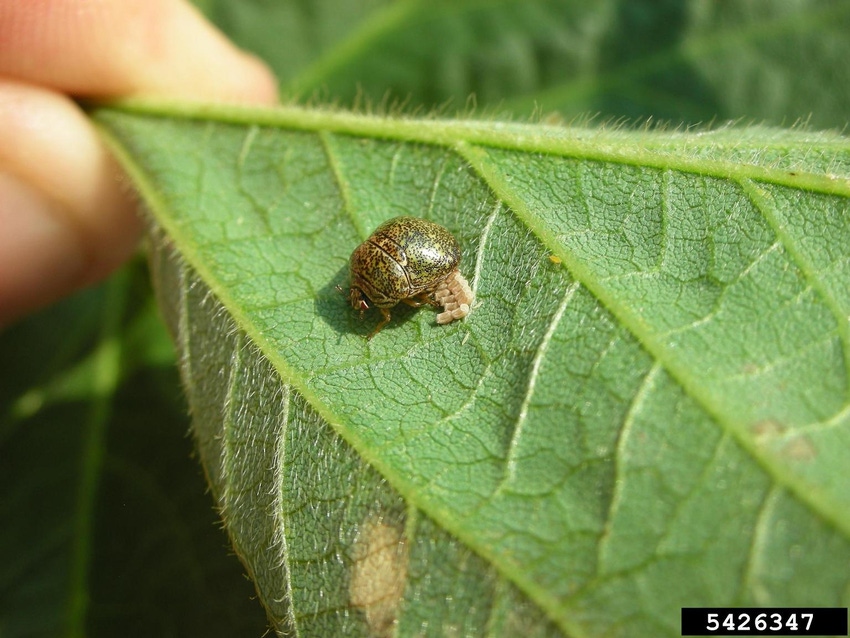March 20, 2014

Old Man Winter deserves credit this year for reducing kudzu bugs, it is not so much due to his cold bite as to his persistence.
For the past few years, Xing Ping Hu, an Alabama Extension entomologist and Auburn University professor of entomology, and a team of researchers have monitored overwintering kudzu bug populations. There will be fewer of these malodorous pests to see and smell this spring. Hu attributes the cause of these reduced numbers to this winter’s endurance rather than to its severity.
(The invasive kudzu bug feeds on soybeans, along with kudzu. In only the last few years, the China native has spread throughout the Southeast and has become a real threat to soybean production.)
Until early last month, Hu noted little difference in the mortality rates in overwintering kudzu bugs compared with 2013. “We noted in 2013 that some of the bugs emerged out of the dormant status of hibernation too early, used their energy and died when the temperatures dropped again in early February,” Hu recalls. “But then warmer temperatures set in and the insects rebounded."
Hu initially expected the bugs to exhibit similar levels of resilience this year. More of the kudzu bugs remained in their dormant status, with the ones hibernating underneath thick bark, vines and trees afforded the best protection against the cold.
But things began to change markedly after early February. Old Man Winter proved especially dogged and the chilling temperatures persisted. That was the big difference between February, 2013, and last month. As freezing weather persisted, more of the hibernating bugs began dying.
Persistently cold temperatures are the reason, Hu contends.
Check current soybean futures prices
While there was a couple of freezing cold days in February, 2013, namely February 22 and 23, there were long stretches of warm days too.
This year’s winter has been unusually and, most important from the standpoint of kudzu bugs, persistently cold. Equally significant, there were fewer days that reached into the 70s.
The end result will be fewer kudzu bugs this spring, Hu says. Even so, despite the havoc this prolonged winter has played on spring kudzu bug numbers, Hu says the populations may increase quickly in the summer and fall, thanks to the pest’s immense reproductive capacity.
About the Author(s)
You May Also Like




